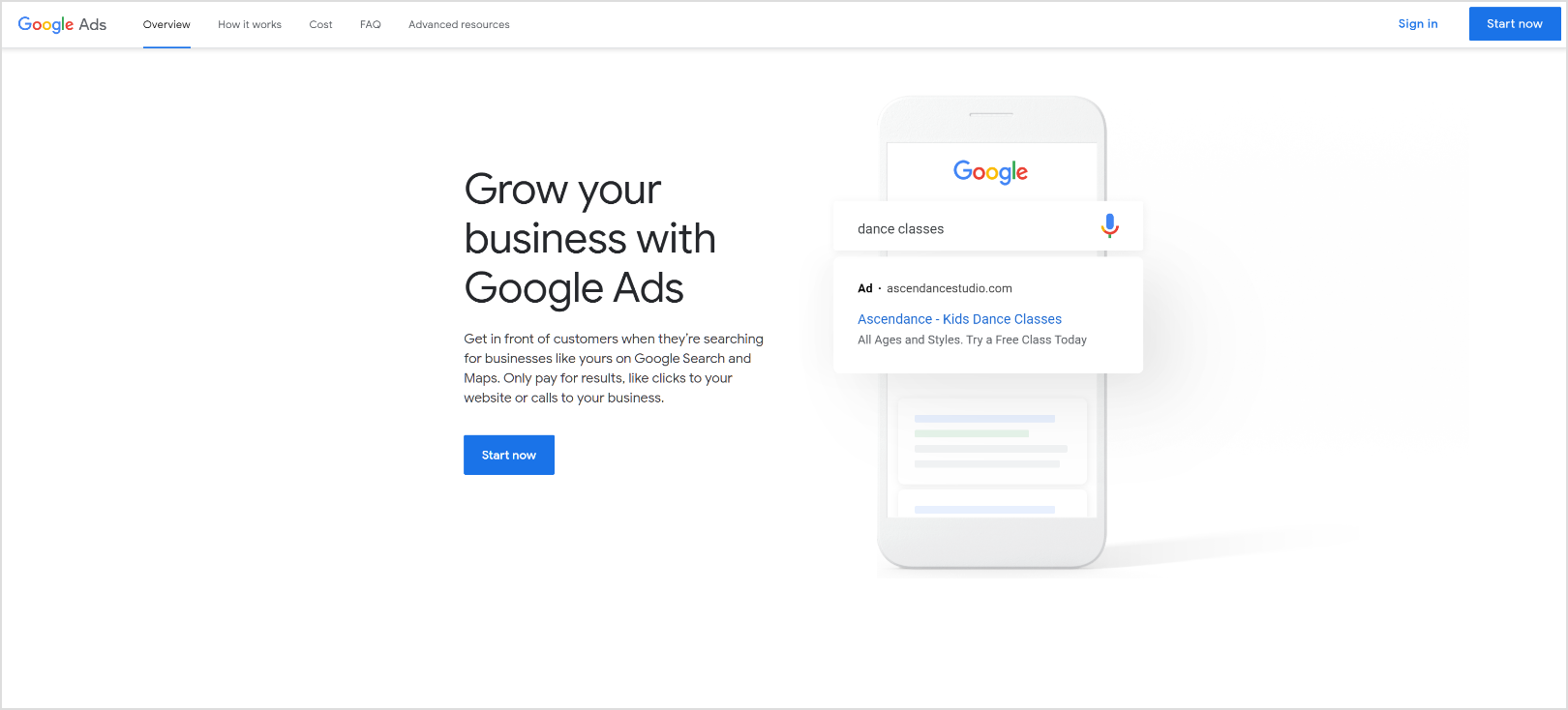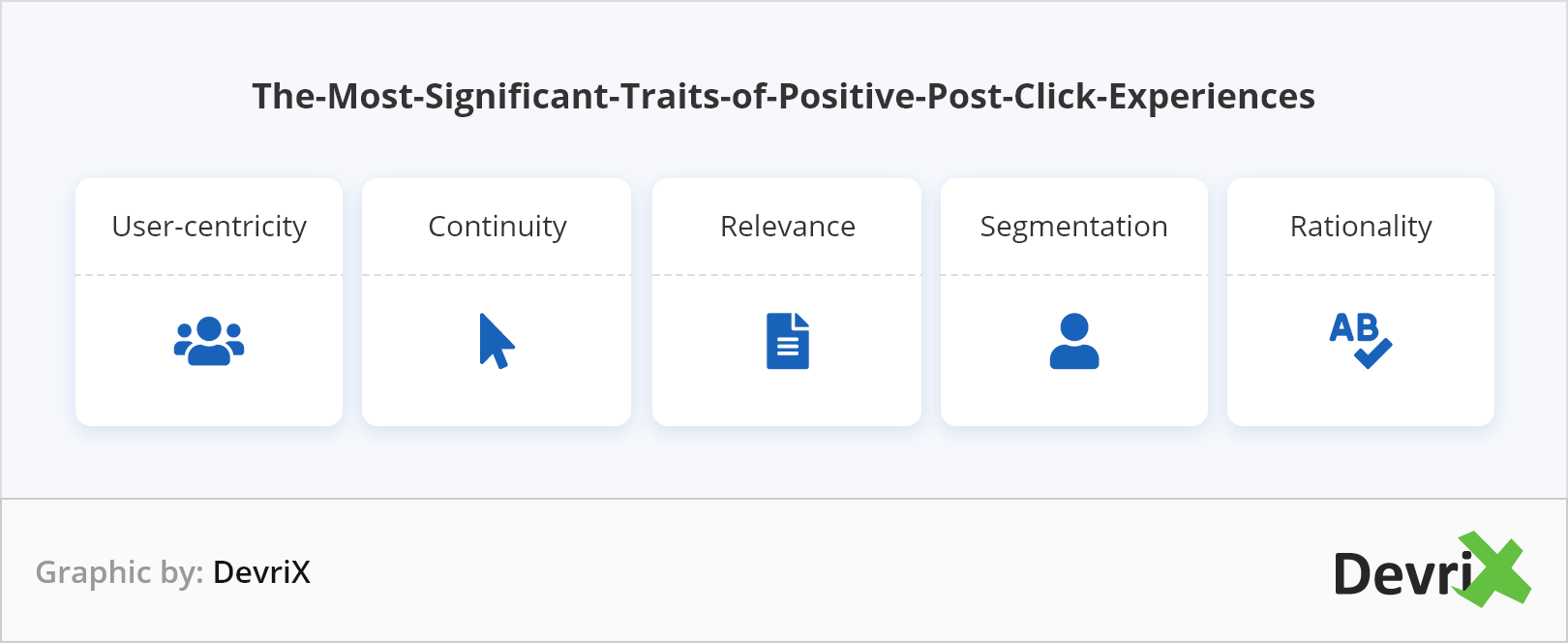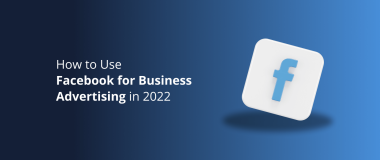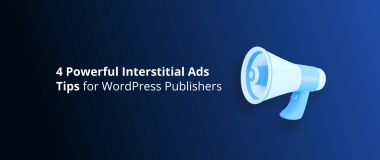The new “normal” changed life as we know it. Lockdown pushed people to stay at their homes, their routines have been disrupted, behaviors have changed, and economies have crashed.
One of the areas that have been affected the most is advertising. You can’t continue advertising as usual during a worldwide pandemic crisis. For businesses that need to promote, now is the time to transform, but more importantly, reinvent the way they advertise.
The Impact of COVID-19 on Advertising

To help you understand why you need to redshift your advertising strategy right now, we’ve collected the most important findings for you:
89% of Large International Enterprises Put a Stop to Their Advertising Campaigns
According to WFA, 89% of large enterprises stopped their advertising campaigns, which is 81% more since March 2020. That is a significant drop in ad investments, which hasn’t happened in a long, long time. These pauses of ad spending were expected, but certainly not to that level, causing global ad budgets to be decreased by 36% in the first half of the year.
Facebook Daily Active Usage Boosted by 11% From Last Year
The Q1 2020 Facebook report points out an 11% increase in Daily Active Users. It comes as a result of more users staying at home due to COVID-19 safety measures.
But, even with the increased daily usage, the platform’s ad revenue increased only by 17% in Q1 this year, 9% lower than the 26% growth in Q1 2019, according to the report, with an even bigger drop predicted for Q2.
Google Banned Atrocious Advertisements
With the rise in COVID-19 searches, Google decided to ban every advertisement trying to capitalize on the current crisis and “offer” fake tests and cures for the disease.
Instead, Google helps governmental institutions, authorities, and the World Health Organization (WHO) to run public service ads that educate the public.
The Cost Per 1,000 Impressions and the Cost Per Click is in Decline
The businesses that kept advertising have experienced a decline in the cost per 1,000 impressions (CPMs) and cost per click (CPMs), resulting in a higher than expected return on advertising spend (ROAS).
The Advertising Industry Is Losing Revenue
As reported by Statista, the advertising industry lost $26 billion by early March 2020 due to the COVID-19 pandemic. That is a massive decline in revenue, causing an additional 50% loss in advertising revenue in the U.S. alone.
So, without further ado, let’s discuss the dos and don’ts of advertising during COVID-19 and advise you on how to respond to the latest consumer behaviors.
Make Data-Based Decisions
At least half of the world has stayed at home during the pandemic in the last four to five months, which is long enough to alter online consumer behavior. Media habits have changed as well, with 43% of consumers spending more time watching news coverage and Netflix.
According to Integral Ad Science (IAS), 75% of users claimed that their perception of a given brand would not be changed if an ad appeared next to COVID-19 related content. Additionally, based on an Ipsos report, 37% of consumers say that they prefer advertisements that provide a sense of rationality and positivity.
That’s why, before you advertise, you need to study the latest search trends and prevent any type of negative connotation with your ads. If you segment your audience and alter your strategy accordingly, you’ll improve the advertising experience immediately without being too promotional for your current and future customers.
People are now more focused on finding solutions. Life has changed in every possible aspect, which is also reflected in SERPs. Here are some free tools that can help you uncover the latest search trends and user insights relevant to your advertising strategy:
- Google Trends: Uncover real-time search developments and make better advertising decisions. To help brands stay on top of the latest searches, Google has released the Google Trends Coronavirus Hub.
- Google Alerts: There are a number of curated coronavirus-related search trends that can help you dive more deeply into consumers’ search habits.
- Shopping Insights: Uncover what buyers are looking for on Google, and compare the competing products and demands in your industry.
- Find my Audience: Understand how users behave on YouTube so you can tailor your advertisements accordingly.
- Rising Retail Categories: Discover the latest trending retail categories and the queries that are used the most in Google Search.
Never Take Advantage of “COVID” in Advertisements
The coronavirus is not the “biggest marketing opportunity” as some misguided marketing gurus have stated. You should not use the situation to make an extra buck.
For example, do you know what happened with hand sanitizer production companies that immediately increased their prices after the pandemic started? People will not purchase from them anymore.
Imagine if Corona Beer marketers started taking advantage of the situation with a bunch of memes and start promoting new campaigns. It wouldn’t be tasteful, right? They kept quiet and supportive of the #StayAtHome movement, despite the apparent decline in profits.
To our local spots where we've celebrated Cinco de Mayo, this year we celebrate you. #CincoAtHome. pic.twitter.com/IfauqjFKmR
— Corona USA (@coronaextrausa) April 28, 2020
Do not use the pandemic as a promotional opportunity by launching, for example, a “Coronavirus Discount.” COVID-19 is not like any other trending hashtag where you can meme your way out and make the most of the moment. It’s not the right time to pitch your typical campaign, either.
Now is the time to show solidarity and inspire your customers.
If you can’t come up with some original ideas to sync with the challenging times, just focus on providing value. Review each of your running campaigns and remove every negative keyword that may sound inappropriate or implicate that you’re trying to get more profit from the pandemic.
Instead, use more positive phrases such as: contributing, connecting, responding, navigate, together, etc.
Get inspired by examples such as LVMH that turned to producing hand sanitizers for French hospitals, and Ford, who started making ventilators for hospitals.
From production of hand sanitizer gel and masks, to donations of materials to hospitals, LVMH and its Maisons are marshalling their forces to help fight propagation of the coronavirus in France. https://t.co/eSKRjf71Ec#LVMH #LVMHJoinsForces #France pic.twitter.com/ErhnzFWbmI
— LVMH (@LVMH) April 10, 2020
Do Make a Positive Post-Click Impression
With the significant increase in Internet usage, you can bet that people are looking for optimism and the right answers. A positive post-click experience increases the chances of forming a connection with the target customers. So, how can you make the most of it?
According to Instapage, the following are the most significant traits of positive post-click experiences:
- User-centricity: Delivering a better UX, from the first click to the conversion point.
- Continuity: The pre-click and post-click experience need to be mutually relevant and connected. Make sure you are consistent in your ad promise.
- Relevance: Everything revolving around the ad content, and the post-click experience must stay relevant to the overall user intent.
- Segmentation: Segment your site visitors based on your campaigns and demographic elements.
- Rationality: Test an advertisement and how it works with the post-click destination, and learn which elements convert the most.
Remember that an advertisement is a promise, a solution to your target customers’ problems or a way to make their life better. Don’t disappoint when they click to visit your landing page.
Don’t Forget Your Most Important Customers
The coronavirus crisis is a reality and your customers would appreciate a message that you acknowledge their concerns and will help them get through. The most important thing is to remain helpful and informative. Priorities have changed, and you need to redirect your advertisement strategy.

If you’re using Google Ads, you can update the ad formats according to your current priorities. For this purpose specifically, you can update the ad extensions and test automated ad formats to uncover the best possible ad mix in accordance with the latest trends, such as App campaigns, Responsive Search Ads, or Dynamic Search Ads.
A good example is Pilot Flying J, the biggest travel center operator in North America, that remained open for truck drivers who were in charge of delivering essential goods. Consequently, they refocused their marketing towards the launch of their loyalty program, and the “Thank you Drivers” campaigns.
Whatever you do with your advertising campaigns during COVID-19, be aware of your most important customers and their current situation. If most of them moved to working from home, formulate your campaigns accordingly to highlight your solutions.
Assess Your Overall Advertising Goals
Like most companies, you’d probably had business goals and activities planned for the entire 2020. What happened was something unexpected for everybody. COVID-19 altered the way consumers interact with companies and made marketplaces unpredictable.
So it is time to think out of the box, be agile and think short-term. Consider emerging opportunities to target consumers that are more likely to consider your product/services now. Look at different age groups, new industries you may serve, local markets and how the crisis is changing them.
Evaluate your current advertising strategy and take into account your current investments. Think about which campaigns would be most advantageous and relevant to your business goals now.
Don’t Forget to Adapt Your Video Strategy
With people staying at home and the increase in Internet consumption, videos are the type of content people will be attracted to the most. Consider how to adapt your advertising strategy during COVID-19, using videos on YouTube, Facebook, and Instagram.
Here are some effective tactics to help you improve your video content and ads:
Evaluate the Context
Consider the tone and whether your videos fit in with today’s context. For example, you need to be careful with videos that depict social gatherings and be careful with black humor.
Instead, you should help your community, with relevant messages and an empathetic tone.
Ford is an inspiring example once more: deriving from their company slogan “Built Ford Proud,” Ford’s video ads were turned into “Built to Lend a Hand” which marked all the moments in history that the company helped the community with. And “Built for Right Now,” ensures consumers that they’ll be here to help them once more to those affected by the crisis.
https://help.classpass.com/hc/en-us/categories/360004629532-COVID-19-Resource-Center
More inspiring examples come from fitness companies. Staying healthy is of critical importance so brands such as ClassPass encourage gym buffs to use their app for home workouts, with the proceedings going for local gyms that are now shut down.
When people are isolated in their homes, they turn to video content to uplift their moods and educate themselves so that the increase of YouTube usage was more than expected.
You can also publish videos there and do more live streams, which are an effective way to connect with your audiences when you can’t meet in person. Automotive publisher DriveTribe regularly streams shows with the most popular auto broadcasters and presenters to give auto enthusiasts a reason to #StayAtHome during the lockdown.
Learn From This Experience
It’s evident that advertising during COVID-19 is challenging. People’s needs, priorities and expectations are not the same as they used to be. Now, product promotion must be replaced with empathy and support, based on the actual value provided.
Were there any gaps in your advertising strategy that the COVID-19 situation helped you discover? What can you learn from all of this? Think about your response to the crisis and what works for your brand.
Think about the changes that you had to make to adapt to the new reality. Things evolve quickly, and the list of dos and don’ts above will help you avoid putting out advertisements that will be received poorly.






